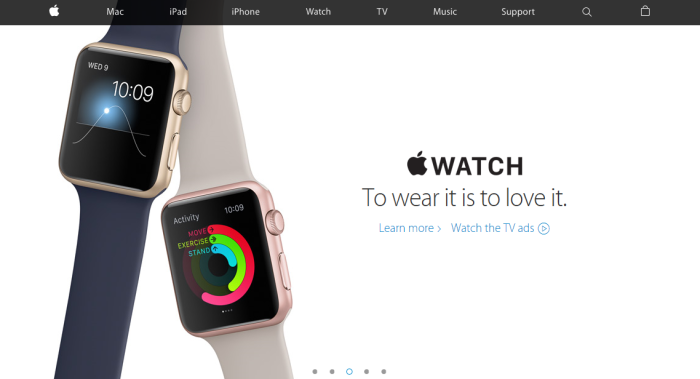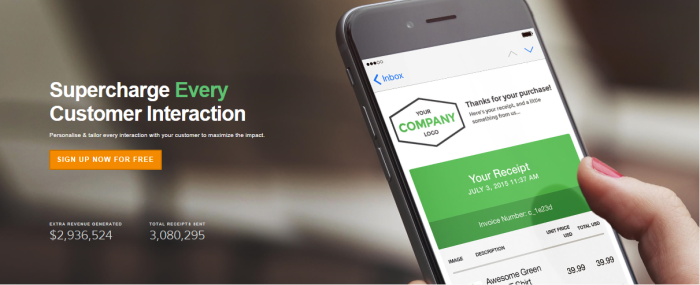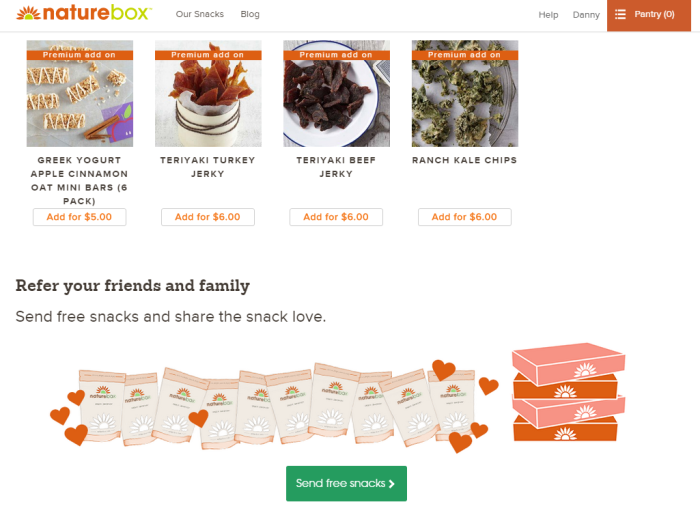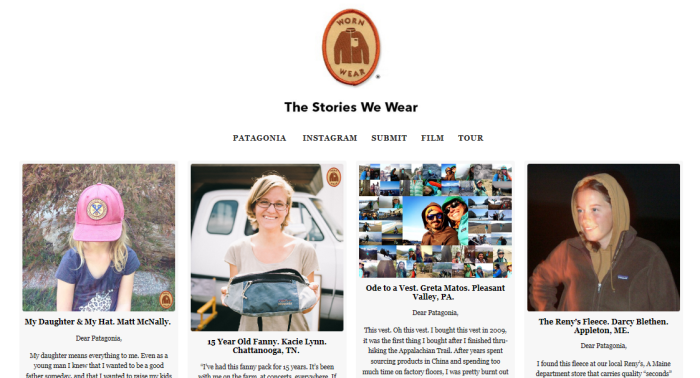Profitable Post-Purchase Marketing Opportunities for Ecommerce Shops
Successful store owners never stop selling. When there is an opportunity to deliver more value to customers, Ecommerce entrepreneurs encourage shoppers to complete follow-on purchases. The result is a happier customer whose lifetime value increases exponentially for the business.
Apple shoppers are among the most loyal users a store owner could ask for. Despite the company’s limited variety of products (an iPhone is an iPhone after all, and most people only ever really need one Mac), customers find themselves spending thousands each year on computer and smartphone accessories, upgrades, premium customer service, and special add-ons.
Even after spending several hundred dollars on a new iPhone or Macbook Air, Apple fans continue to invest in extras to complement their original purchase.
Several sources agree that it can cost up to seven times more to acquire a new customer than it would cost to retain an old one. Therefore, companies intent on growing their bottom line should focus their efforts on providing more value to shoppers who are already familiar with their brand and own several of its products. To increase a customer’s propensity to purchase more goods and services from you, many businesses use post-purchase marketing to prompt shoppers to visit your store again, again and again.
Using content, email and shopper receipts, brands have the opportunity to re-engage customers after they complete a purchase to drive additional sales. Below, are five ways Ecommerce stores can remarket to existing customers and boost their revenue and profit per user.
Promoting Branded Content
Content helps shape how customers feel about your brand. According to marketing expert Brian Honigman, 43% of companies leveraged their brand blog to win over a new customer in 2013. In recent years, content marketing has evolved to become a powerful channel for new customer acquisition. It also serves as a valuable tool for re-engaging those same customers after they complete their first purchase. Branded articles, infographics and whitepapers help businesses subtly explain and reinforce a brand’s advantages and values.
MR PORTER, a destination for luxury menswear, keeps shoppers engaged and wanting more with its brand publication Journal. The weekly digital magazine tempts customers with fresh outfits featuring the store’s latest menswear collection. By sharing a story about each of its garments and teaching customers how to wear and match MR PORTER products, the brand inspires readers to buy complete looks or create their own.
Using branded content, companies are able to:
- Keep their brand top-of-mind with consumers
- Demonstrate how customers may fully utilize a product or service
- Inform users about how they may care for or replace specific items
Often, the result is:
- Better customer retention
- Fewer product returns
- Leaner customer service costs
Automating Email Reminders
Post-purchase marketing starts with a smart receipt. In it, Ecommerce shops include the customer’s order summary along with recommendations for related products worth purchasing too. Days, weeks and months after a customer’s first purchase, brands have several opportunities to remarket to shoppers and encourage them to revisit your store and complete a new purchase. Email offers the easiest solution for personalizing communications with paid customers at scale.
Using event- and time-based triggers, Ecommerce companies can re-engage existing customers to get them to place their next order. Examples of triggered email reminders brands should use are:
- Anniversary or milestone celebrations. As a special thanks for a customer’s loyalty, Ecommerce shops should celebrate the anniversary of every shopper’s first order. This is your chance to surprise and delight buyers who have spent the last year enjoying your products and recommending them to friends. An exclusive coupon and a small gift are usually enough to successfully reactivate customers.
- Customer appreciation offers. For your biggest spenders, send special offers and rewards to thank them for their loyalty. The gesture will be more than enough to keep them coming back for more.
- Holiday promotions. New Years, Valentine’s Day, Hanukkah, and Christmas are prime shopping seasons. Your customers will expect either a discount or a special offer with purchase. Give them what they want to avoid losing customers to your competitors.
- Replenishment reminders. Consumers’ habits are predictable. Fresh food orders can expect to be eaten within a week or two; items with a limited shelf life will need to be replaced sooner rather than later. Food and snack companies thrive because they know exactly when their customers will have run out of product and will want to restock their pantry. Instead of fixed weekly, monthly or bimonthly reminders, Ecommerce store managers set emails to deliver immediately before a customer runs out of supply.
- Win back prompts. It is a welcome surprise when shoppers receive an incoming message which says, “We haven’t seen you in a while and we miss you!” followed by a win back coupon to get recipients to complete a new purchase within the next 48 hours. Customers may forget that your store even exists, so sending them a gentle reminder is well within reason. Also, a surprise coupon may be just enough incentive to convince a formerly dissatisfied customer to give your brand another go.
The best automated email reminders are timed just perfectly, at a moment when customers identify an urgent need you can help fill. Avoid spamming users; instead, thoughtfully send messages that will have them eagerly revisiting your website, adding items to their cart and cruising through checkout.
Encouraging Referrals
Positive peer recommendations are a powerful driver of sales. In fact, 92% of consumers trust product referrals from people they know, according to research firm Nielsen. Furthermore, customers acquired through referrals spend 13.2% more than paying customers who converted through other channels.
That said, double-sided rewards are an easy way to motivate active customers to refer their acquaintances, friends and family members. For any good referral program, free gifts, exclusive products and special discounts are key to driving new user acquisition and repeat purchases.
Sharing Surveys & Sourcing Feedback
One bad experience is all it takes to get on a customer’s blacklist. The sad thing is: few retailers will ever get the chance to make it up to the customer before he gives up on your brand forever.
It is widely accepted that 96% of unhappy customers do not bother to voice their concerns or complain. Retailers that fail to prompt shoppers for feedback miss out on opportunities to learn about areas where they can improve. What is worse is that 91% of those quietly dissatisfied users leave and never come back. Therefore, brands must actively source feedback from customers in order to increase retention rates and reduce buyer attrition.
To understand what will make customers happier, brands can conduct quick surveys with customers a week or two after they have received your delivery. Directly asking users for their criticisms and thoughts will prompt even the most timid customer to bluntly share what is good, bad and awful about the goods and services you sell.
Celebrating User Stories
Your customers have incredible stories and the things they accomplish while using your brand’s products are tales worth sharing. Think about the outdoorsman who used Merrell boots to hike Mount McKinley. Or the triathlete who carries a Nalgene bottle to rehydrate while biking.
Last year, adventure wear retailer Patagonia launched a microsite titled Worn Wear to celebrate people’s fondest memories represented by a single article of clothing. On some pages, Patagonia promotes its gear but focuses on telling the user’s story instead of its own. Other retail brands can mimic this strategy by first reaching out to customers to learn about the different adventures or experiences they have had while using the brand’s products. Then, companies can promote those stories on a blog or on social media to share the cool things fans have done. Doing so organically builds brand advocacy and consumer trust, which later translates into hard-earned sales.
Conclusion
Savvy store owners have the opportunity to remarket to their existing client base using branded content, email reminders, referral programs, surveys, and users’ own stories. Some of the most venerable brands are successful because they prioritize marketing and sales efforts aimed at re-engaging loyal and happy customers post-purchase.
What post-purchase marketing tactics do you use to increase your average customer’s lifetime value?





